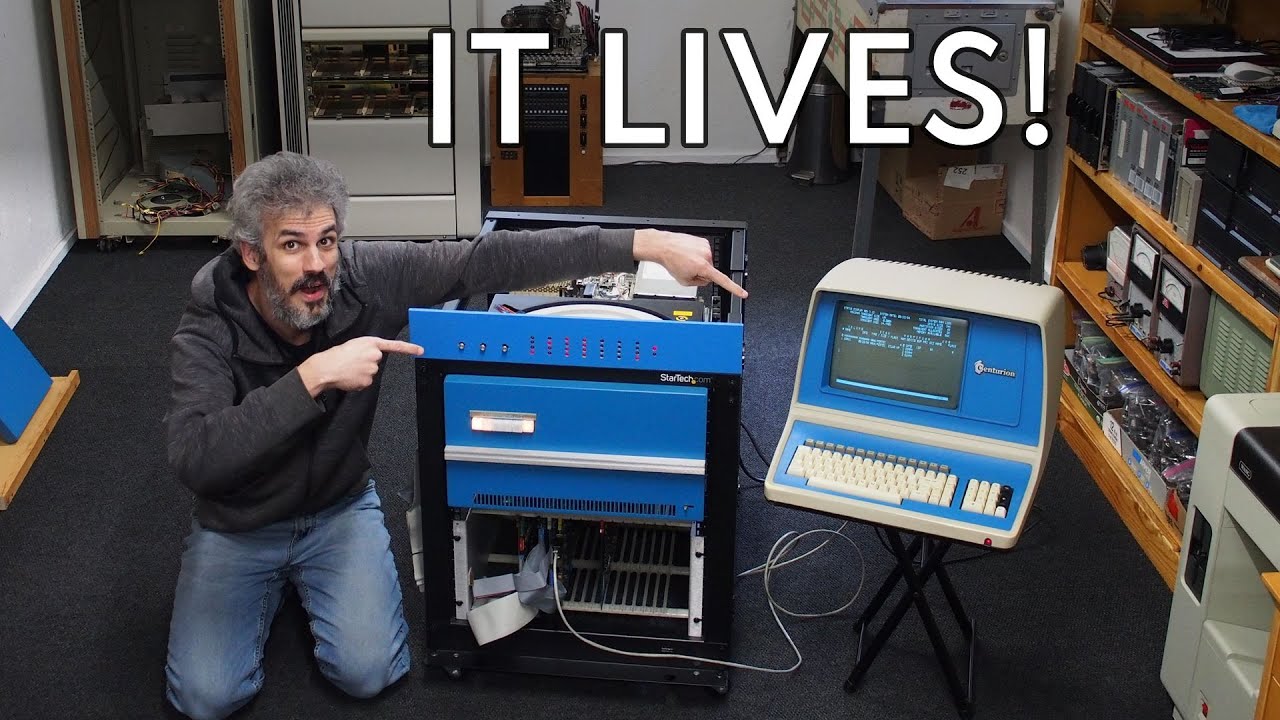Hard disc drives in the 1970s and 1980s were large, expensive, heavy, limited in storage capacity, fragile, and loud, but they were repairable if you were patient and had access to spare parts. The Control Data Corporation (CDC) “Hawk” drive provided a massive 5 megabytes of storage on a fixed platter and 5 more on a removable cartridge which could be changed. In operation, it sounded like a room full of vacuum cleaners. but it sure was a lot faster than a floppy disc. What does it take to resurrect a drive with a head crash so bad it scraped the disc platter down to bare metal? Well, let’s see….
In the early 1980s I interfaced the successor to the Hawk, the CDC Phoenix, to my Marinchip 9900 computer for a customer. It was the same architecture, with a fixed platter and removable cartridges, both 14 inches in diameter, but with a capacity of (as I recall) 16 megabytes each. The drive unit weighed around 35 kg, filled a 19 inch rack up to about 10 inches high, and sounded like a jet engine when it spun up into a dull roar while operating. This was the first drive that really tested the “large file system” architecture of my NOS/MT Unix-like operating system, and it worked the first time with no problems. The whole process of developing a driver, interfacing it to the system, and creating custom PROMs so you could boot directly from the hard drive only took a week-end, after which I could ship the beast on to the customer and get it out of my house.
Still, it was a big improvement over a FASTRAND.
